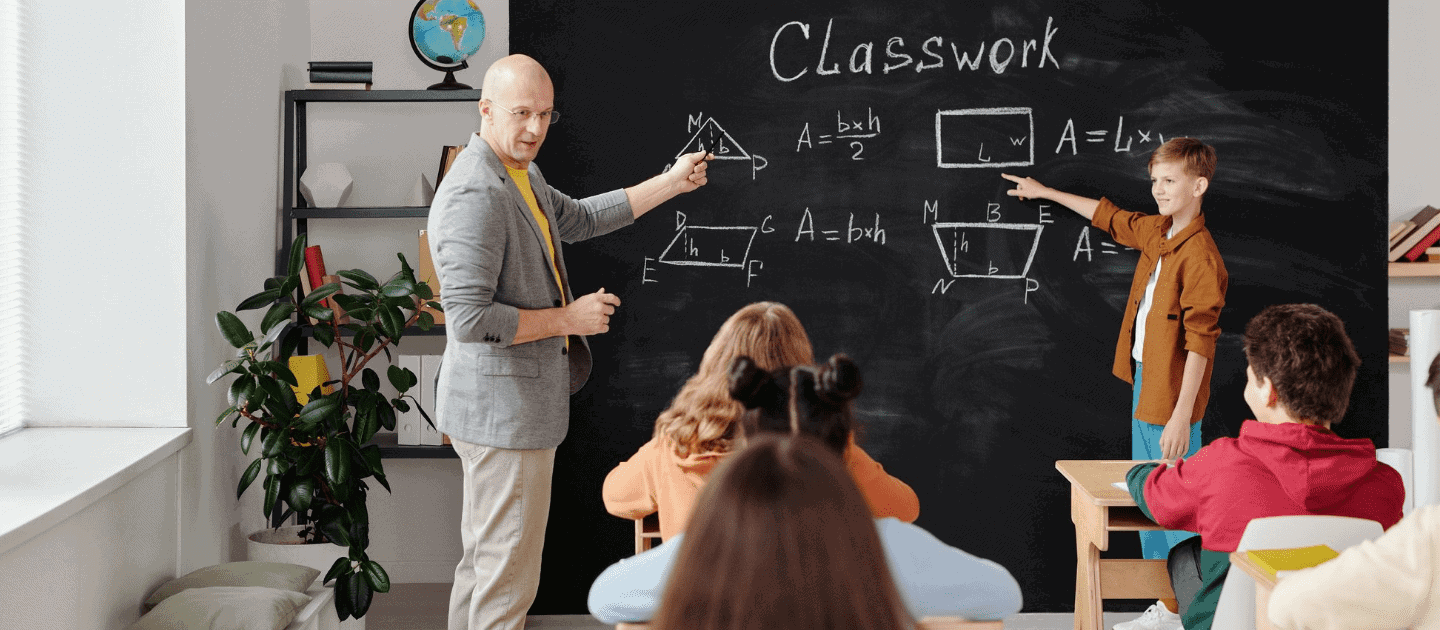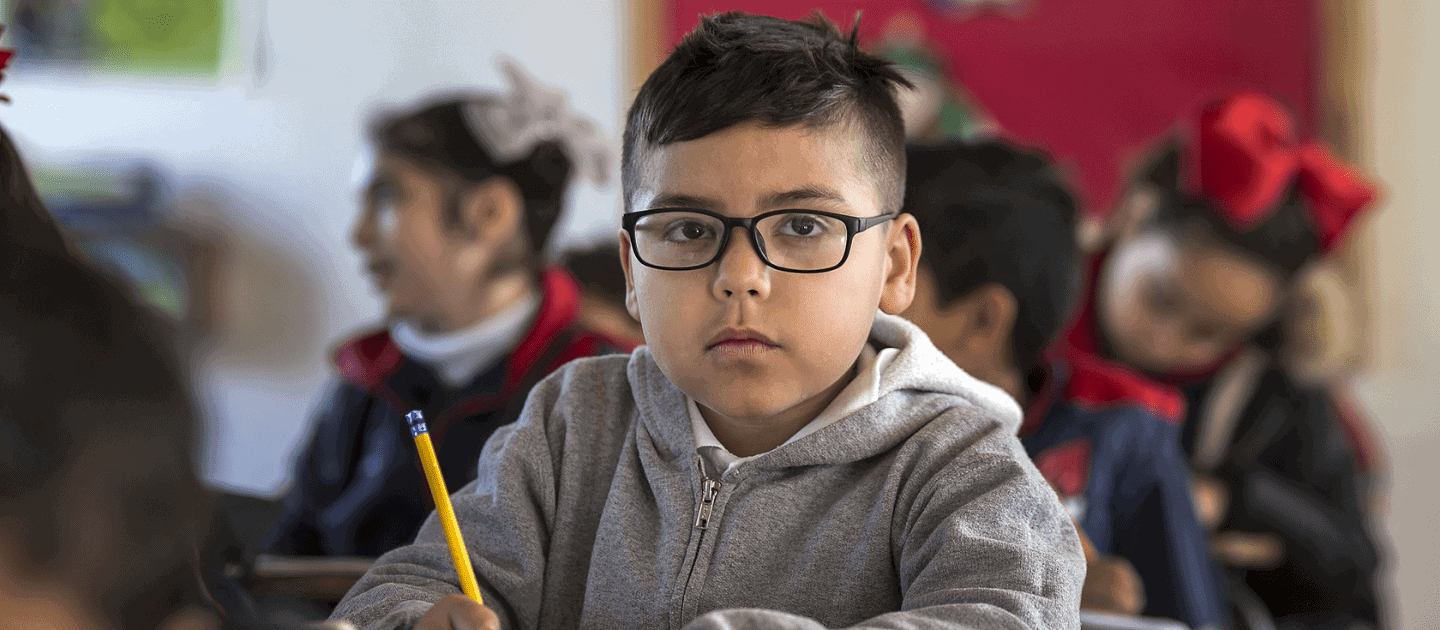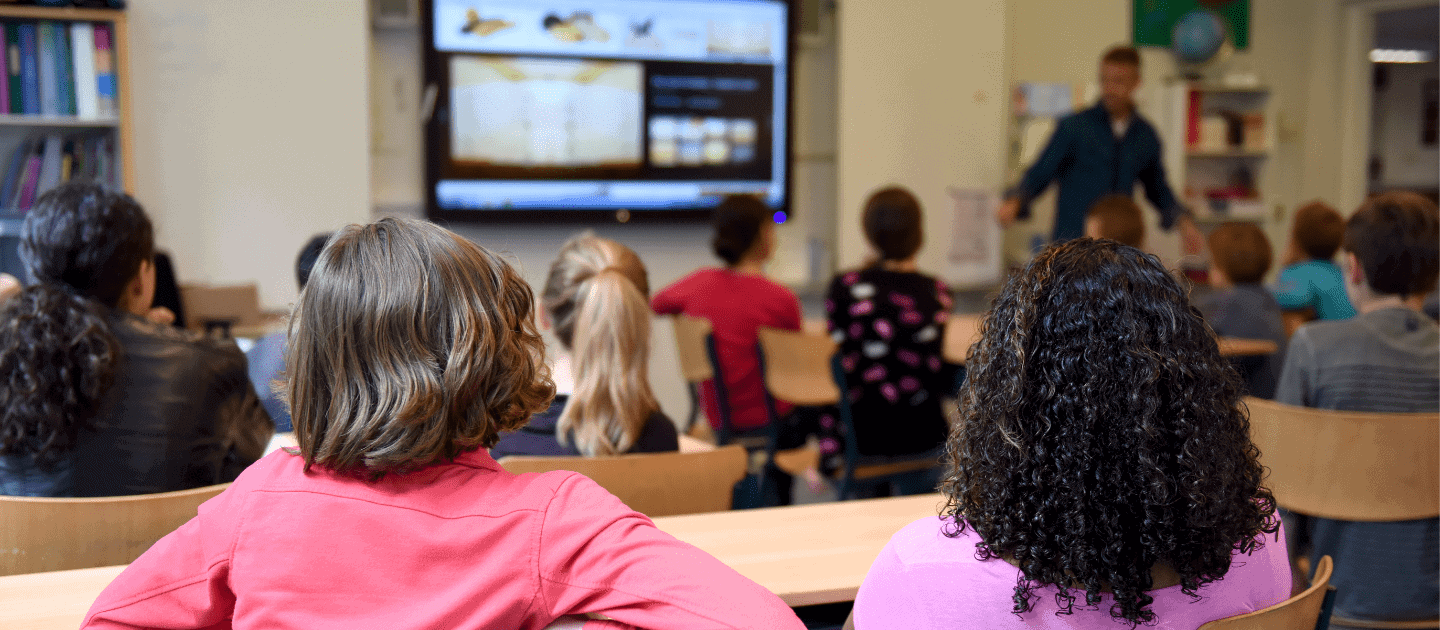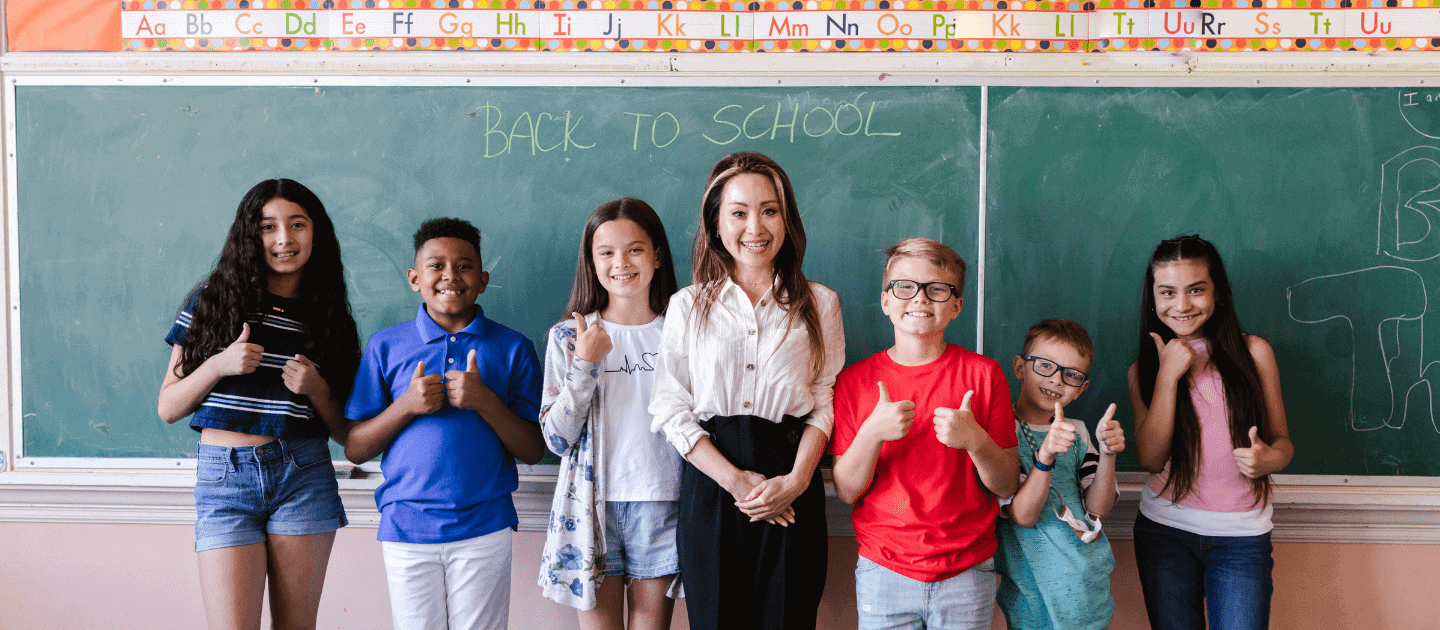Supporting Struggling Readers: The Self-Questioning Strategy

In evaluating the intervention strategies we employ with students, we must consider both global effectiveness and effectiveness for target populations, as the success of the intervention may differ depending on the student population it is serving.
The Importance of Trusting Relationships for Students in Higher Education

Having regular pedagogical conversations with trusted peers or leaders can lead to a deeper understanding of their field of study, and in turn to the success of the academic program.
Student-Driven Goal-Setting and Attainment: What Causes Differences in Perception Between Student and Teacher?

When students determine their own goals and design their own rubrics for measuring outcomes, goal attainment is dependent on whether the student’s rating or the teacher’s rating is utilized as the outcome measure.
The Impact Teacher Psychology Has on Educational Inequalities

Teacher attitudes, beliefs, and perceptions are critical in how they have the potential to contribute to or reduce educational inequalities.
How did special education teachers adapt their practices for students with autism during the COVID-19 pandemic?

As students return to a more normal school routine, IEP teams will have to reassess students’ Present Level of Performance (PLOP) and likely conduct reassessment and revision of IEPs.
What are effective approaches to improve a teacher’s technology skills?

Acknowledgment of the power of social media and one’s self-image in driving a teacher’s self-directed and informal professional development, in addition to teacher’s ability to improve their teaching and learning practices, positively influences informal training across an organization.
The Use of Virtual Learning Environments to Support Identity-Based Motivation

It is important to establish that difficulties are part of learning and that disfluency can open up possibilities for identity exploration. Virtual learning environments (VLEs) can be designed in such a way that they support this exploration, by looking at features such as gamification, engagement and connection, and learning supports.
Do teachers treat their students differently?

Teachers sometimes treat their students differently from one another, focusing more on the low-performing students.
Strategies to Build a Positive Home and School Relationship: The Key to Student Success

Family engagement allows teachers to better understand and support their students.
The Relationship between Reading Disorders and Anxiety in Children

Children with reading disorder (RD) have an increased risk of anxiety disorders, the most common mental health disorder in children.
